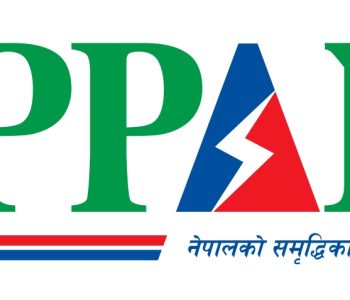Spike in Covid cases may impact banking system’s restructured book

KATHMANDU: The asset quality of the banking system, especially the restructured book, may face headwinds in the coming days as Covid-19 cases have started rising rapidly once again, rating agency Icra said.
As of September 2021, India’s banking system restructured loans worth Rs 2.8 trillion or 2.9 per cent of the standard advances, of which about Rs 1 trillion was restructured under Covid 1.0 and Rs 1.2 trillion was restructured under Covid 2.0, and the rest comprised of restructuring done for micro, small & medium enterprise (MSME).
Anil Gupta, Vice President–Financial Sector Ratings, Icra Ratings, said, as banks restructured most of these loans with a moratorium of up to 12 months, this book is likely to start exiting the moratorium from Q4FY22 and Q1FY23.
“Therefore, a third wave poses high risk to the performance of the borrowers that were impacted by the previous waves and hence poses a risk to the improving trend of asset quality, profitability, and solvency.”
He added that due to the third wave, the demand for loan recast may go up again, including for those that have already been restructured. “In such a case, visibility on the performance of the restructured loan book, which was earlier expected in FY23, may now be expected in FY24 as the moratorium on the existing restructured loans could be extended,” Gupta said.
In its bi-annual financial stability report, the Reserve Bank of India (RBI) has also cautioned that asset quality of India’s banks may drop but reassured that lenders have enough capital to withstand a shock. It had expressed a similar sentiment in the trend and progress report as well.
RBI’s macro-stress tests revealed that the gross non-performing assets (GNPA) ratio of the banking system may increase from 6.9 per cent in September 2021 to 8.1 per cent by September 2022 under the baseline scenario and to 9.5 per cent under a severe stress scenario.
As per ICRA’s estimate, about 60 per cent of the total restructuring of Rs 1 trillion under Covid 1.0 was accounted for by corporates and the balance by the retail and MSME segments. Hence, the restructuring under Covid 2.0, which was available for retail and MSME borrowers, stood at 3x of the restructuring under Covid 1.0 because during the second wave the RBI did not announce any moratorium on repayments.
Public sector banks were relatively more accommodative with the restructuring requests of borrowers as their restructured books stood at 3.2 per cent of the standard advances vis-à-vis 2.2 per cent for private sector banks.
News Source: Business Standard













Facebook Comment